- DroidAfrica
- Huawei
- Huawei Mate 30 Pro
Huawei Mate 30 Pro
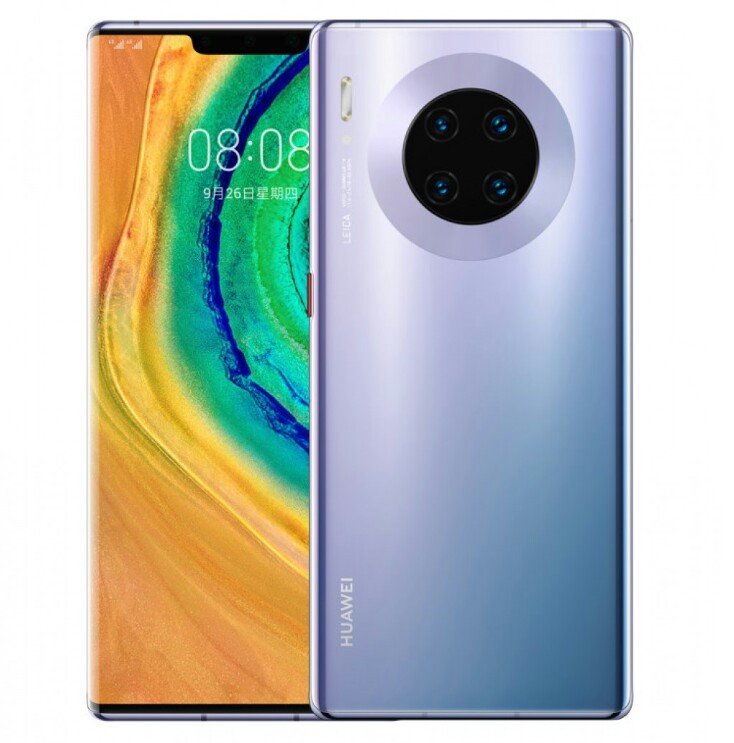
Huawei Mate 30 Pro Highlights and Overview
Huawei Mate 30 Pro is the direct successor of the Mate 20 Pro. While still retaining a design a bit sim to it predecessor, this guy mounts a 6.53-inch OLED Full-HD+ display, with 1176 x 2400 pixels resolution, with a similar notch overhead. The notch cut-out is a bit extended than the standard Mate 30, due to the presence of a dual front-facing camera sensors. The display on the Mate 30 Pro is curved to either side of the device, and yes, that’s where volume control gestures is.
Specification wise, the Mate 30 Pro is powered by Huawei’s self-made HiSilicon Kirin 990 CPU. This is an octa-core processor comprising of a dual-core 2.86 GHz Cortex-A76, dual-core 2.09 GHz Cortex-A76 and a quad-core 1.86 GHz Cortex-A55 CPUs, along with Mali-G76 MP16 GPU, 6/8GB of RAM and 128GB internal storage, expandable up to 256GB via Nano Memory (NM) slot.
On the camera department, the Mate 30 Pro pack 4-lenses at the back, a combination of a 40MP main sensor, along with an 8 MP telephoto secondary sensor, a 40 MP ultrawide third sensor and the fourth 3D TOF camera. The first 40MP main camera has an 1/1.7″-type sensor and an f/1.6 aperture, the second 40MP Cine camera has an 1/1.54″-type sensor with 3:2 aspect ratio and an ultra wide lens with f/1.8 aperture.
The third camera on the back is an 8MP shooter with a 3x optical zoom (80mm focal length) and 5x optical hybrid zoom. It supports 4K 60fps video capture. Frame rates go even higher in slow-motion mode, the phone can do a mind-boggling 7,680fps at 720p. It also has 4K time lapse with HDR+ colors. For shooting in low light, the video camera can go up to ISO 52,000.
Whats more? The device comes with an in-screen fingerprint scanner, and available Black, Space Silver, Cosmic Purple, Emerald Green colors, with either a single or dual SIM card options. You are also getting a 4500mAh non-removable battery, which has support for 40W wired charging, 27W wireless charging and as well as support for Power Bank or Reverse wireless charging. The device runs on Android 10 based on EMUI v10, but without Google services out of the box. Other key specifications and silent features of the Huawei Mate 30 Pro are detailed in the specs table below.
Huawei Mate 30 Pro Full Specifications and Features
NETWORK
| Technology | GSM / HSPA / LTE |
| 2G Network Bands | GSM 850 / 900 / 1800 / 1900 - SIM 1 & SIM 2 (dual-SIM model only) |
| 3G Network Bands | HSDPA 800 / 850 / 900 / 1700(AWS) / 1900 / 2100 |
| 4G Network Bands | LTE band 1(2100), 2(1900), 3(1800), 4(1700/2100), 5(850), 6(900), 7(2600), 8(900), 9(1800), 12(700), 17(700), 18(800), 19(800), 20(800), 26(850), 28(700), 32(1500), 34(2000), 38(2600), 39(1900), 40(2300), 41(2500), 66(1700/2100) |
| 5G Network Bands | Does not have support for 5G Network |
| Speed | HSPA 42.2/5.76 Mbps, LTE-A (2CA) Cat6 300/50 Mbps or LTE Cat4 150/50 Mbps |
LAUNCH
| Also Known As |
- - |
BODY
| Dimensions | 158.1 x 73.1 x 8.8 mm (6.22 x 2.88 x 0.35 in) |
| Weight | 198 g (6.98 oz) |
| Build | Front/back glass (Gorilla Glass 6), aluminum frame |
| SIM Type | Single SIM (Nano-SIM) or Hybrid Dual SIM (Nano-SIM, dual stand-by) |
DISPLAY
| Display Type | OLED capacitive touchscreen, 16M colors |
| Size | 6.53 inches, 108.7 cm2 (~94.1% screen-to-body ratio) |
| Resolution | 1176 x 2400 pixels, 18.5:9 ratio (~409 ppi density) |
PLATFORM
| Operating System | Android 10; EMUI 10 |
| Chipset | HiSilicon Kirin 990 (7 nm) |
| CPU | Octa-core (2x2.86 GHz Cortex-A76 & 2x2.09 GHz Cortex-A76 & 4x1.86 GHz Cortex-A55) |
| GPU | Mali-G76 MP16 |
MEMORY
| RAM + ROM | 8 GB |
| Card Slot | Nano Memory (NM), up to 256GB (uses shared SIM slot) |
MAIN CAMERA
| Camera Type | Quadruple Lenses |
| Camera Sensor(s) | 40MP + 8MP + 16MP + Main Camera Sensors |
| Camera Features |
Autofocus Continuous autofocus Continuous shooting Digital zoom Optical zoom Digital image stabilization Optical image stabilization Geotagging Panorama HDR Touch focus Face detection White balance settings ISO settings Exposure compensation Self-timer Scene mode Macro mode Sensor size - 1/1.7" Leica camera Vario Summilux-H Phase detection Laser autofocus Focal length (35 mm equivalent) - 27 mm 720p @ 960 fps Second sensor: 8 MP, f/2.4, 80mm (telephoto), 1/4", PDAF, Lazer AF, OIS, 3x optical zoom Third sensor: 40 MP, f/2.2, 17mm (ultrawide) Fourth Sensor: 3D TOF camera |
| Video Resolution | 2160p@30/60fps, 1080p@30/60/120fps, 720p@960fps, gyro-EIS |
SELFIE CAMERA
| Camera Type | Double Lenses |
| Camera Sensor(s) | 24 MP + 3D TOF front-facing camera |
| Camera Features |
TOF (Time Of Flight) 3D camera 3D face unlock HDR+ |
| Video Resolution | 1080p@30fps |
SOUND
| Loudspeaker | Yes, Dual stereo speakers |
| Speaker Location | Chin, below display |
| Audio Jack Type | Yes, 3.5mm audio jack |
CONNECTIVITY
| Bluetooth | 5.1, A2DP, aptX HD, LE |
| NFC | |
| GPS | Yes, with dual-band A-GPS, GLONASS, BDS, GALILEO, QZSS |
| FM Radio | No |
BATTERY
| Battery Capacity | Non-removable Li-Po 4500 mAh battery |
| Wireless Charging | Yes, Fast wireless charging 27W |
| Talk Time Talk Time is the longest time that a single battery charge will last when you are constantly talking on the phone under perfect conditions, Ambient temperature and highly dependent on the cellular network environment such as the distance to the closest cell network tower. | Up to 29 hours |
| Stand-by | Up to 600 hours |
OTHER FEATURES
| Sensors | Fingerprint (side-mounted), accelerometer, proximity, compass |
| Box Contents | Charging Brick / USB cable |
Huawei Mate 30 Pro User Reviews and Opinions
Disclaimer Note
This specification was entered manually, hence we CANNOT guarantee 100% accuracy. Any error? Let us know in the comment section.







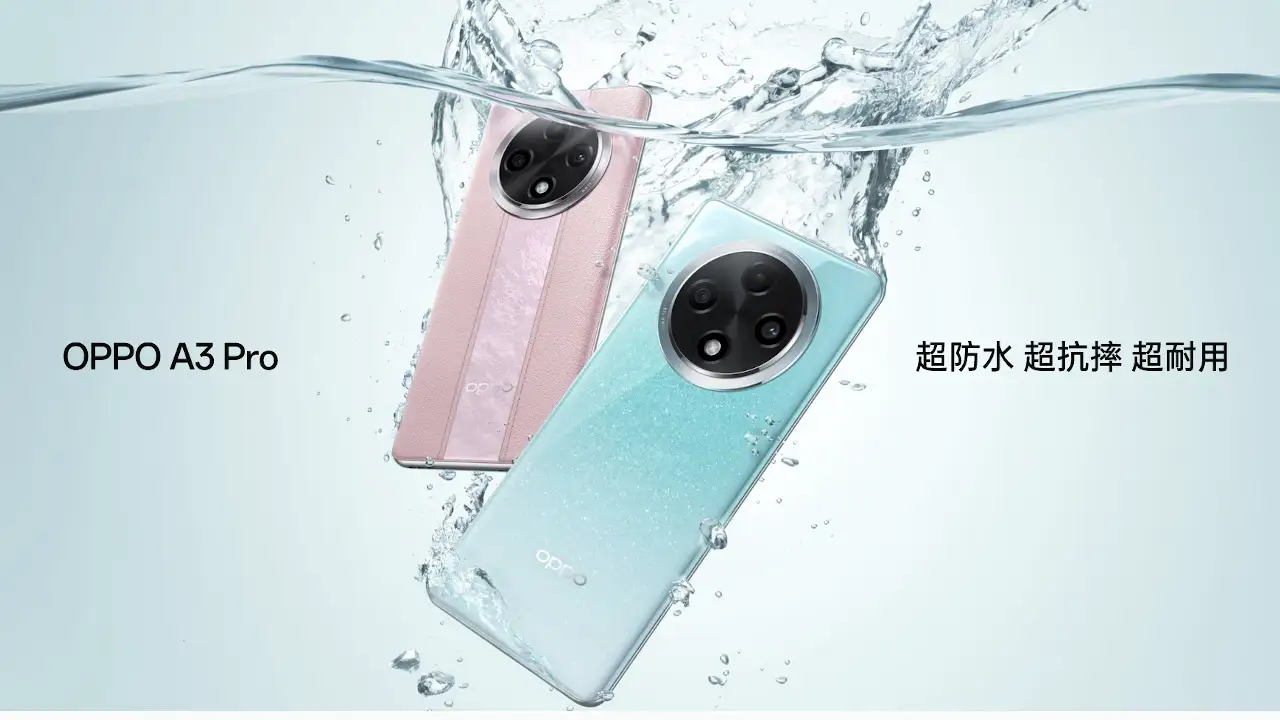

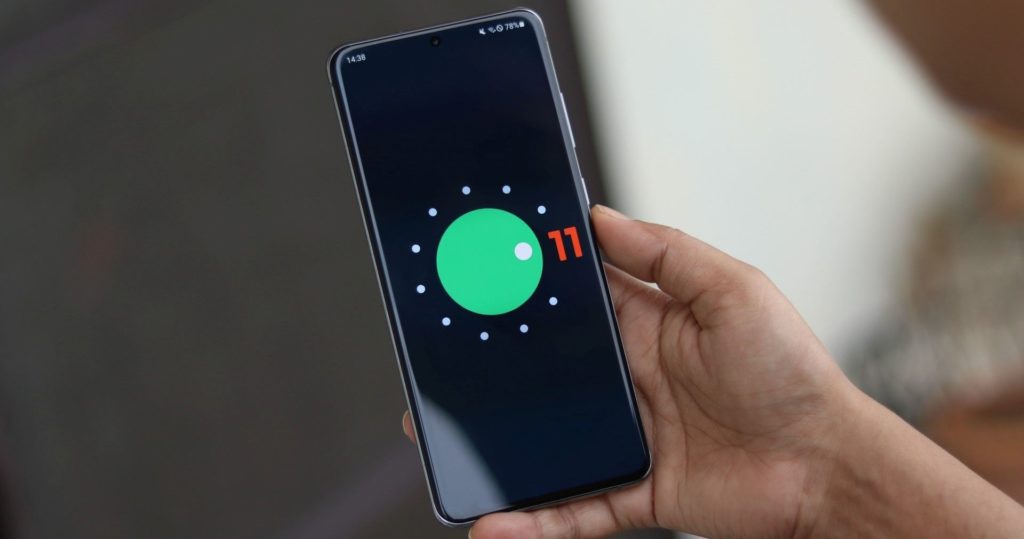
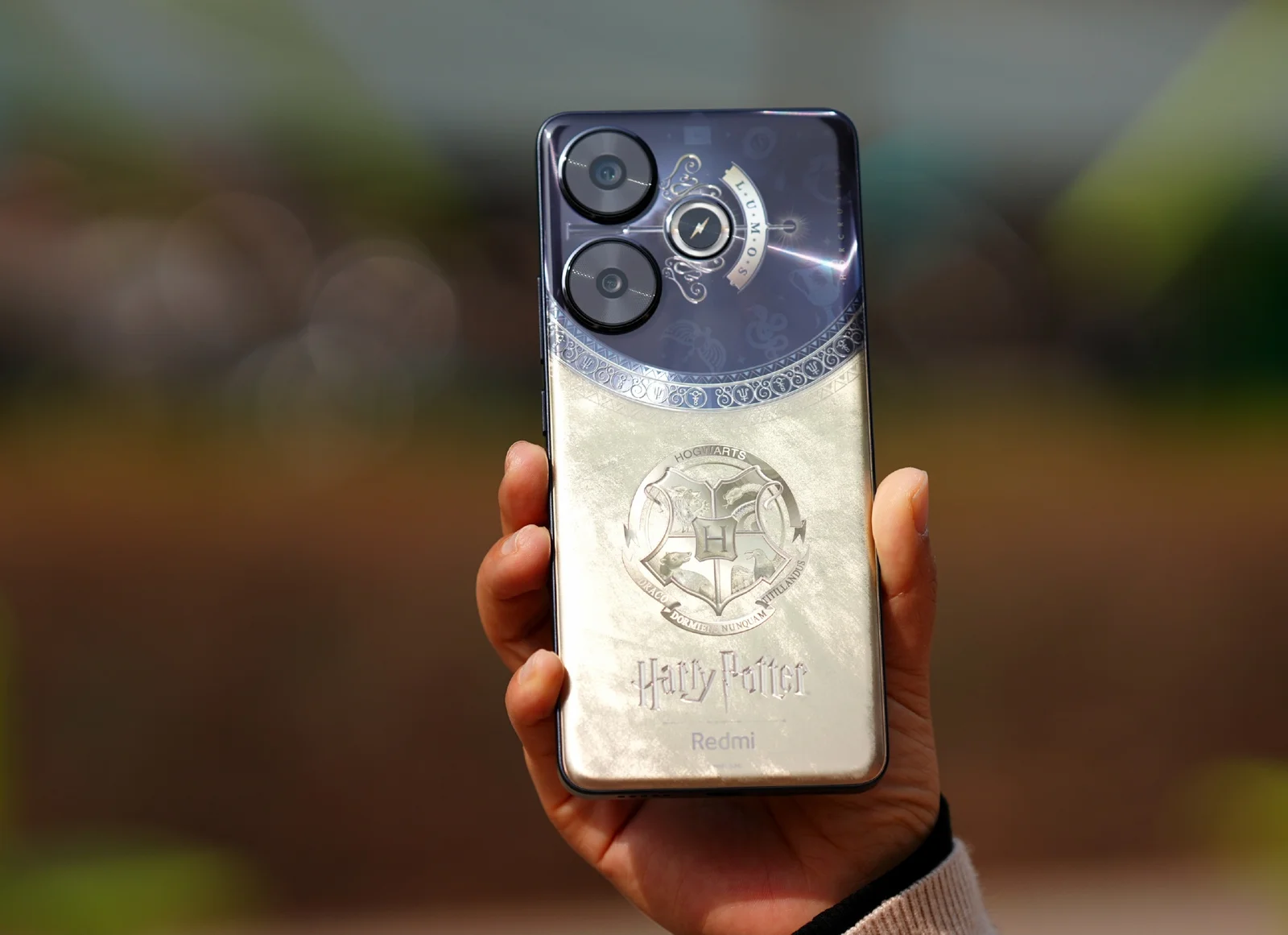
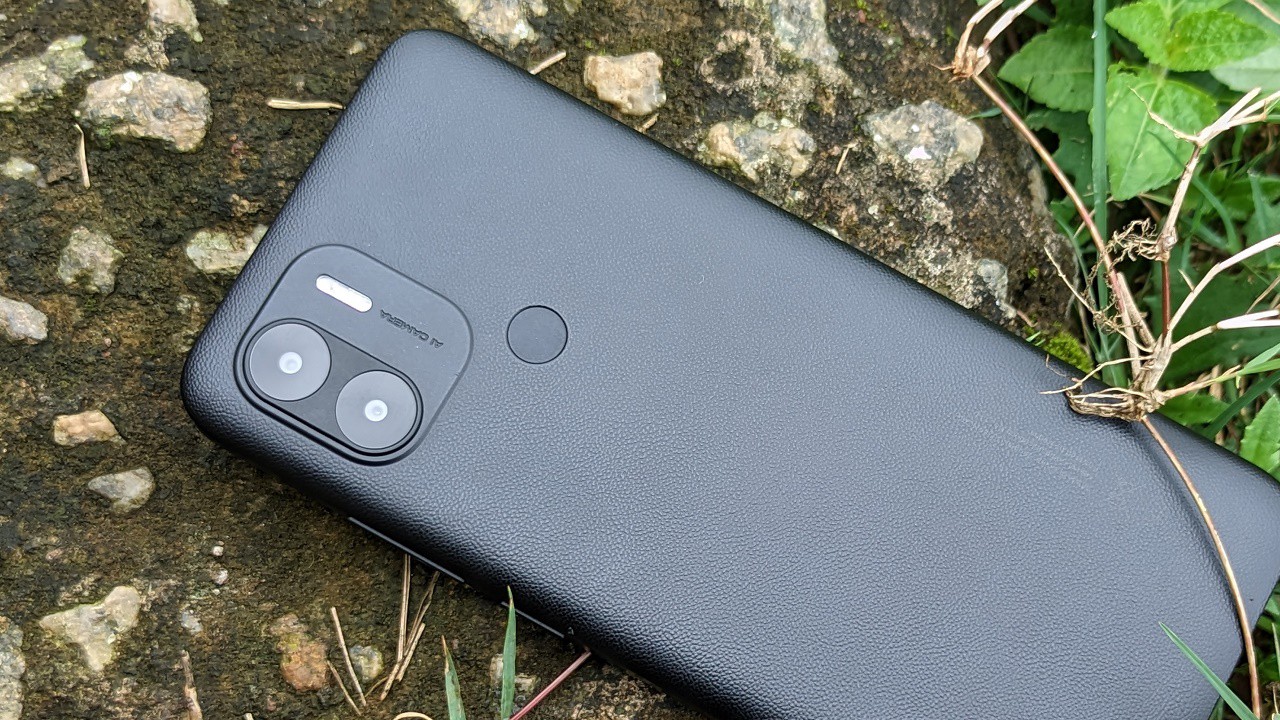
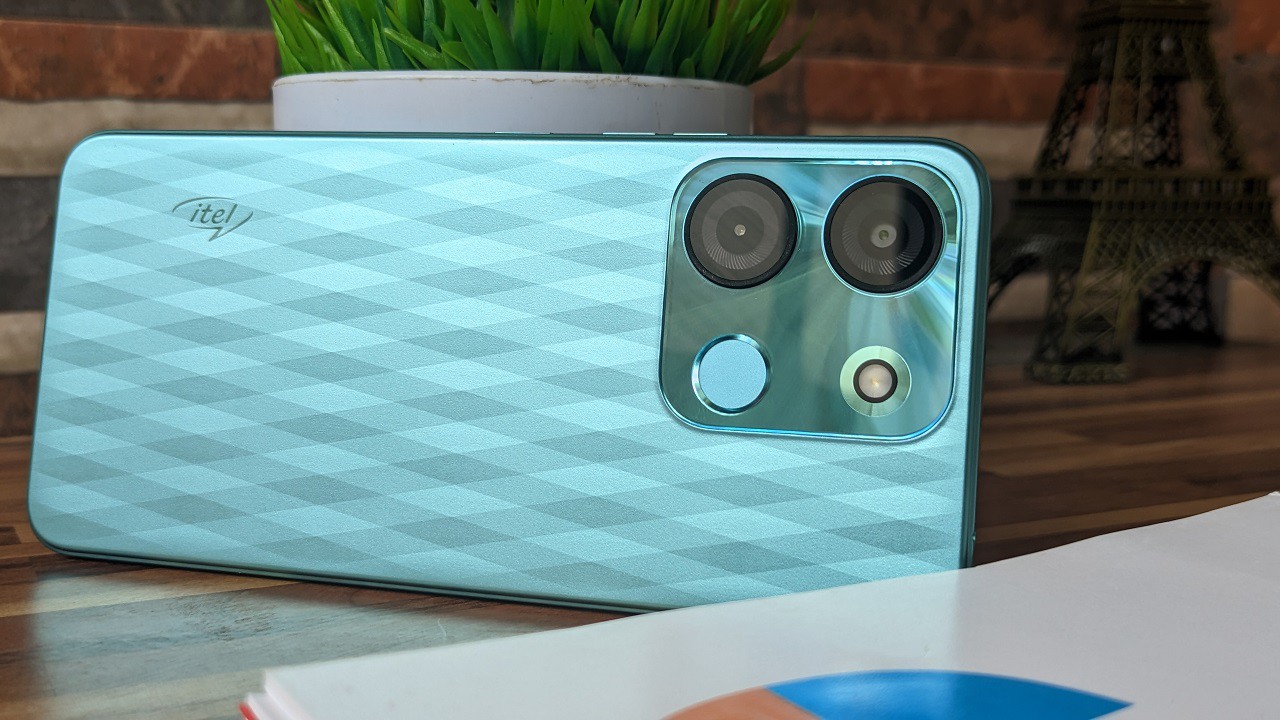
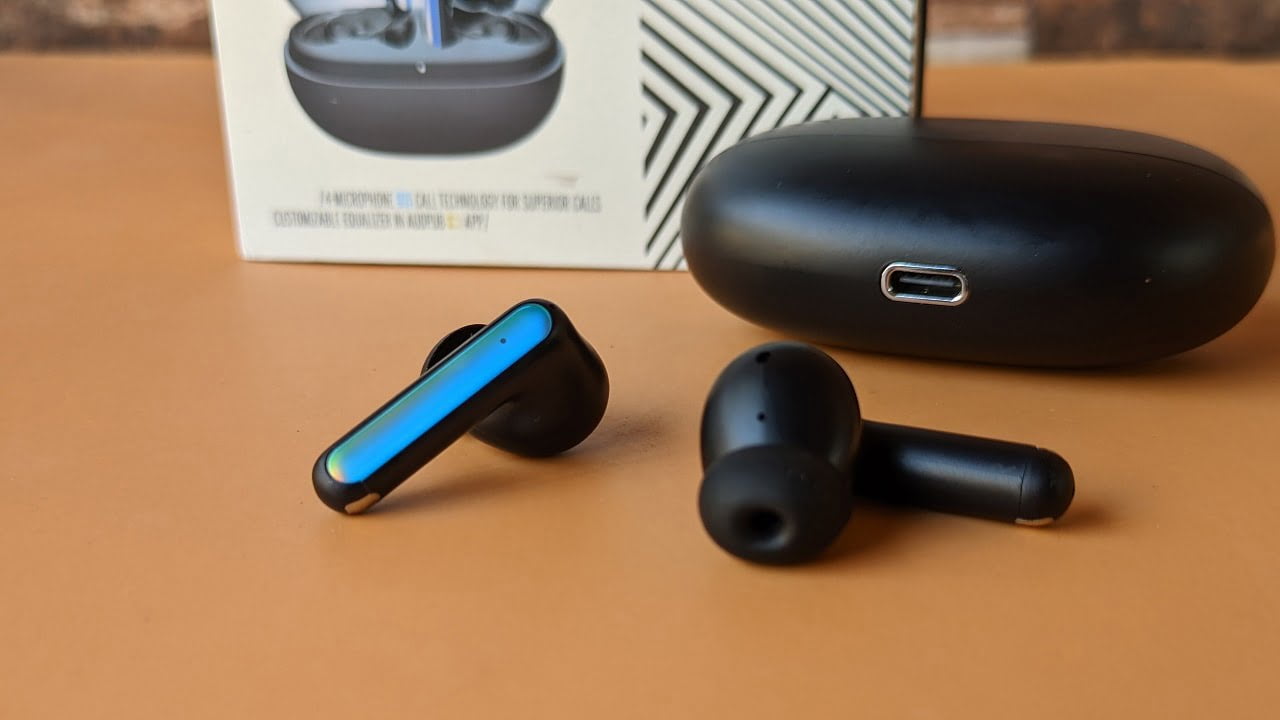
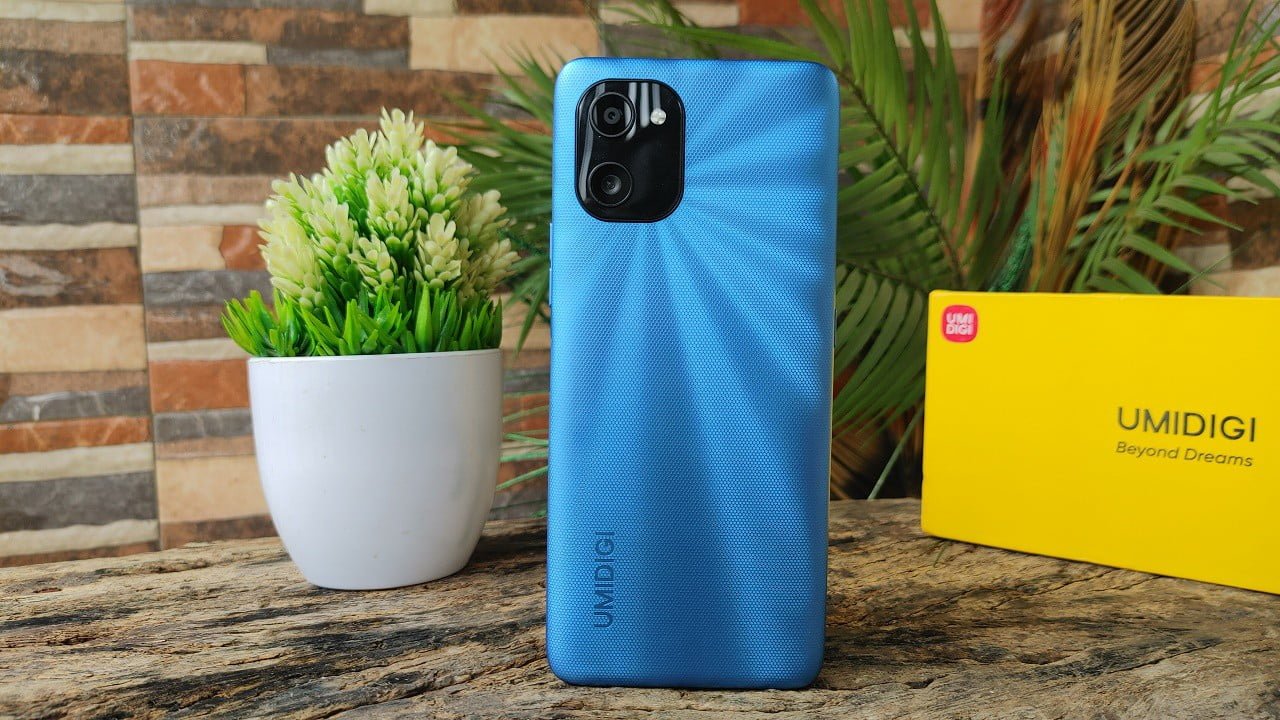
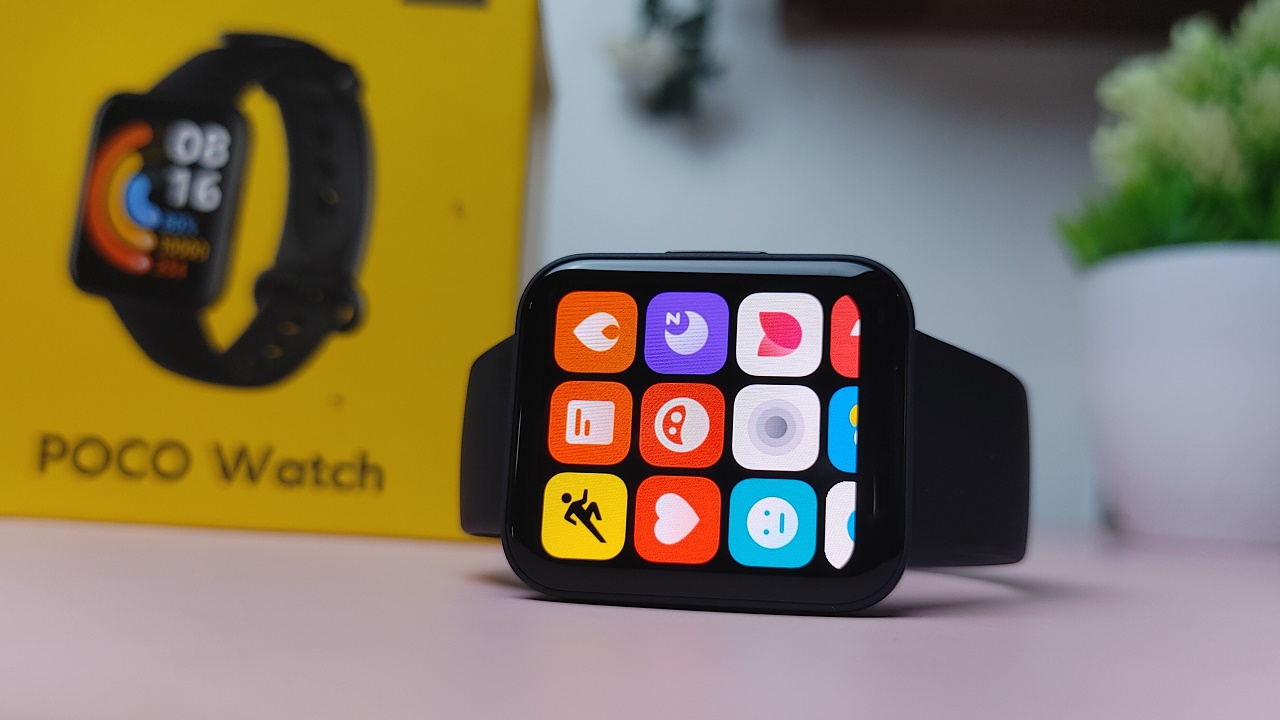
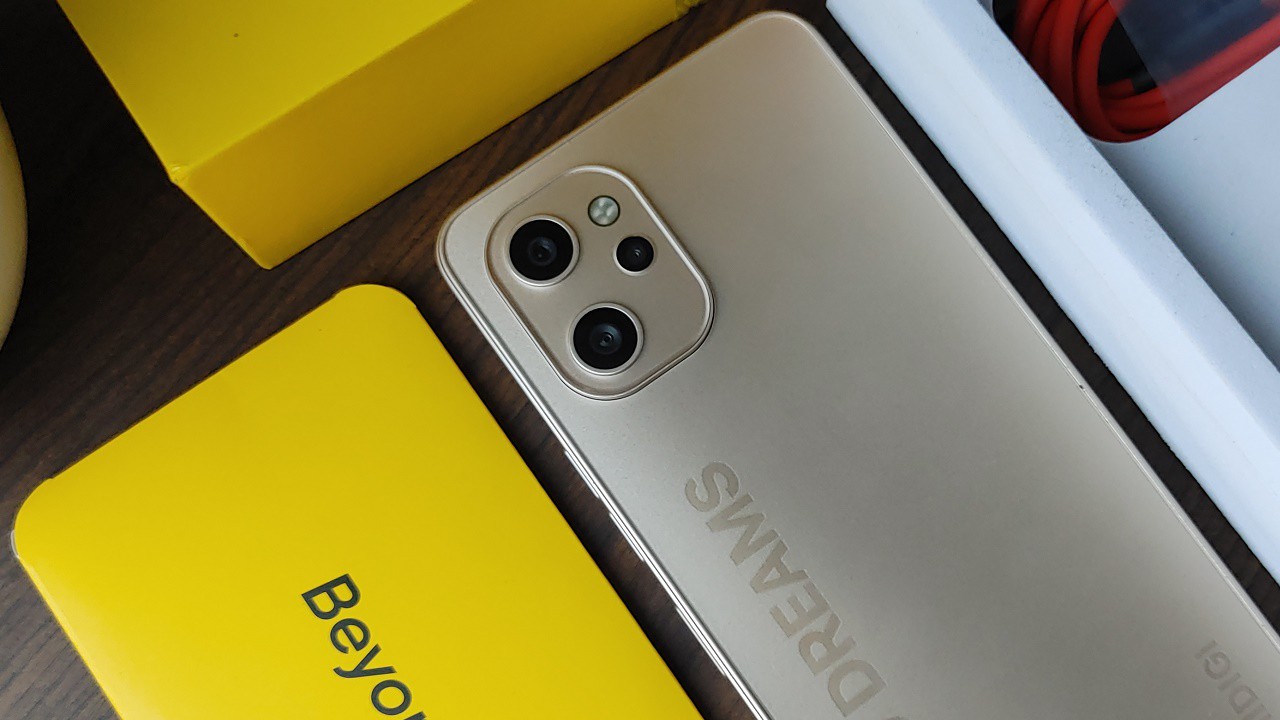
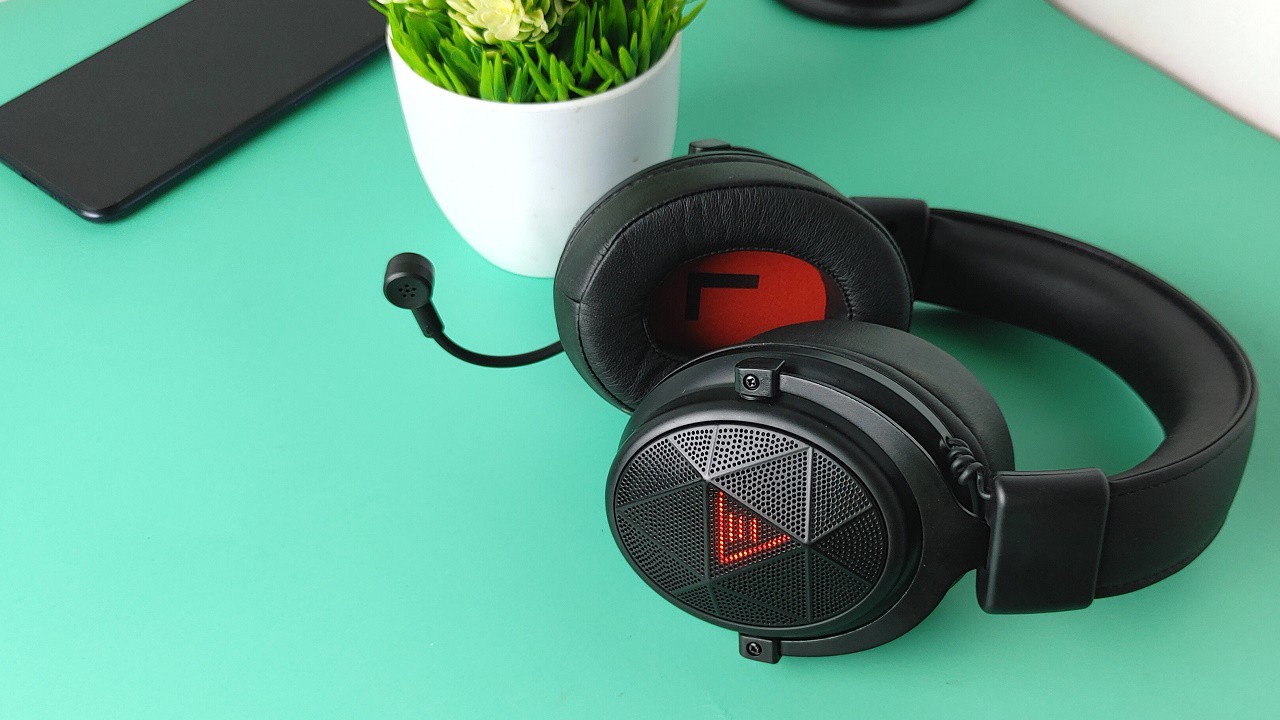
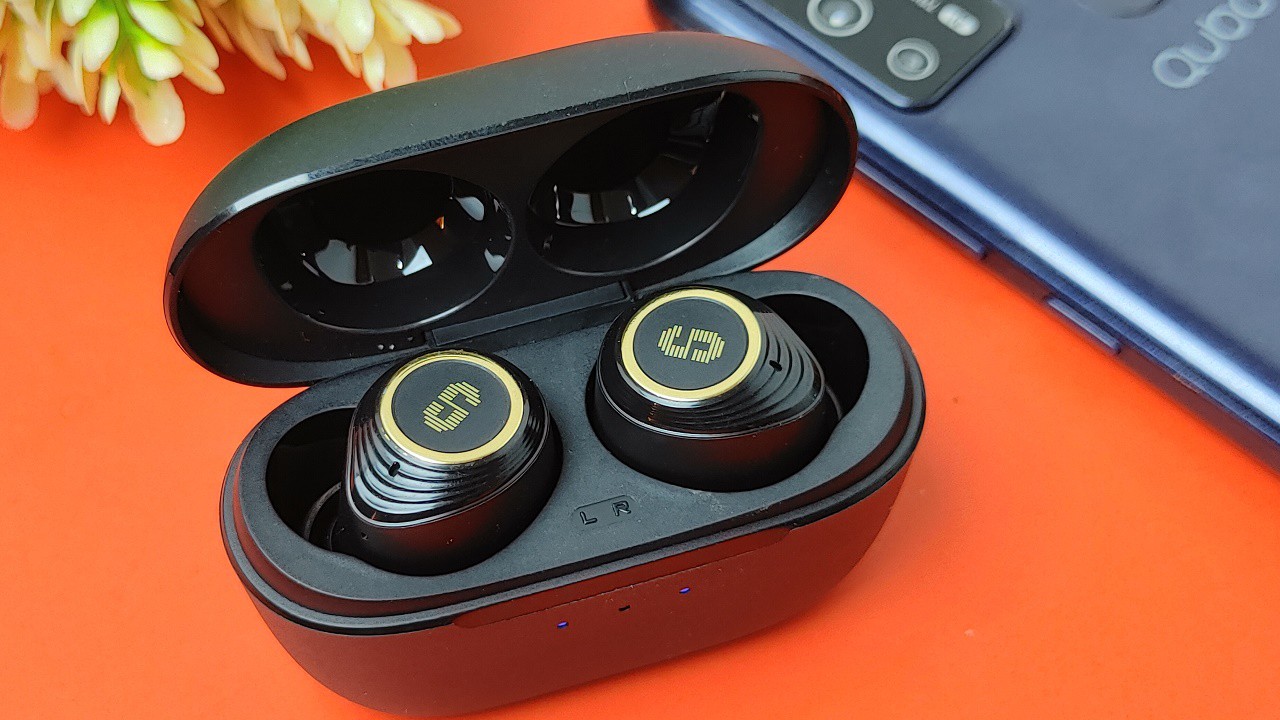
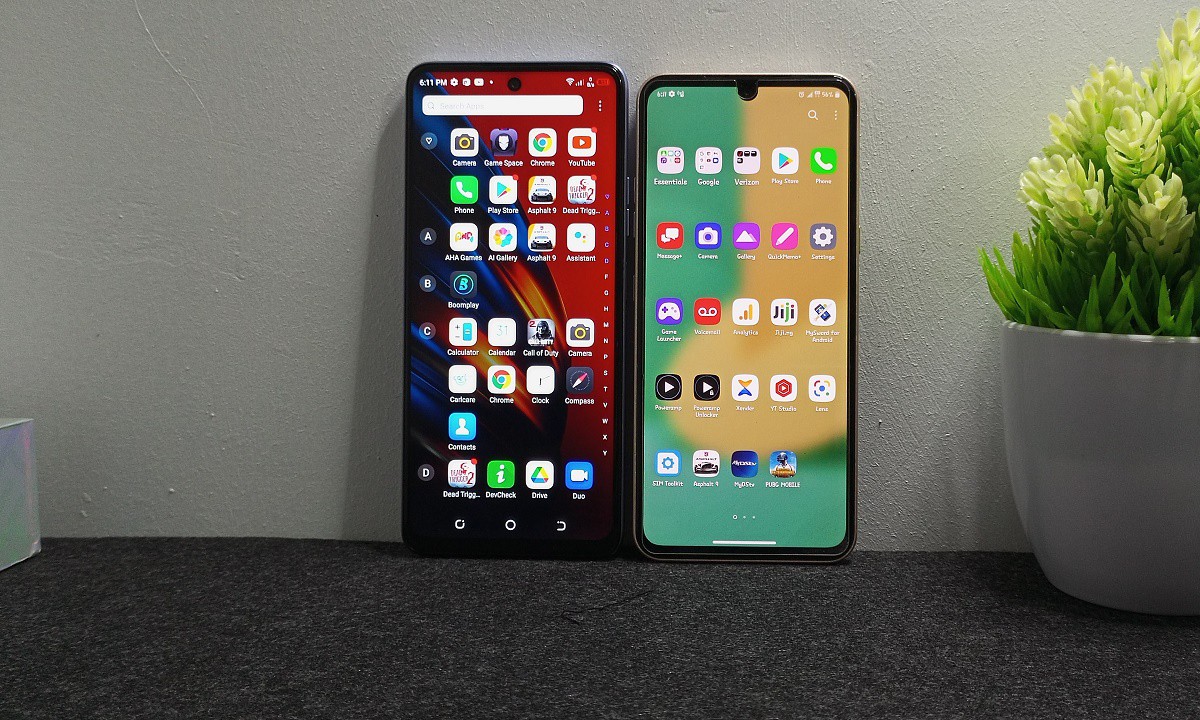

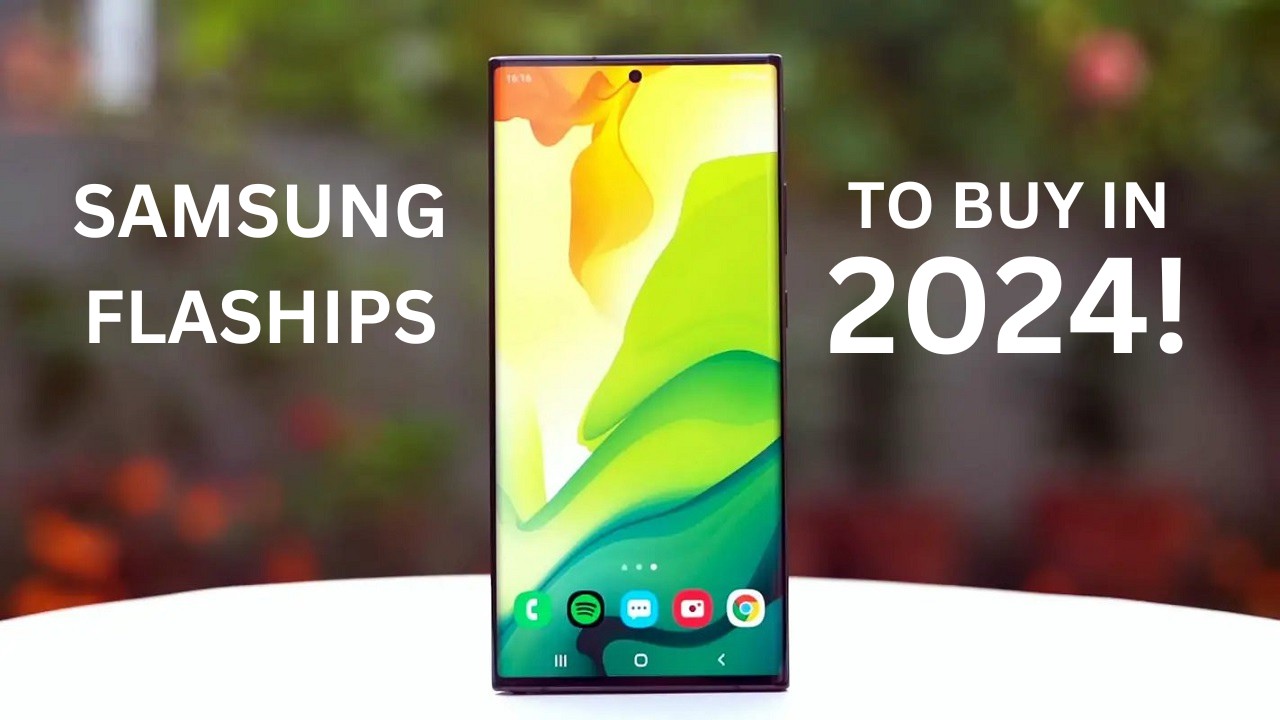
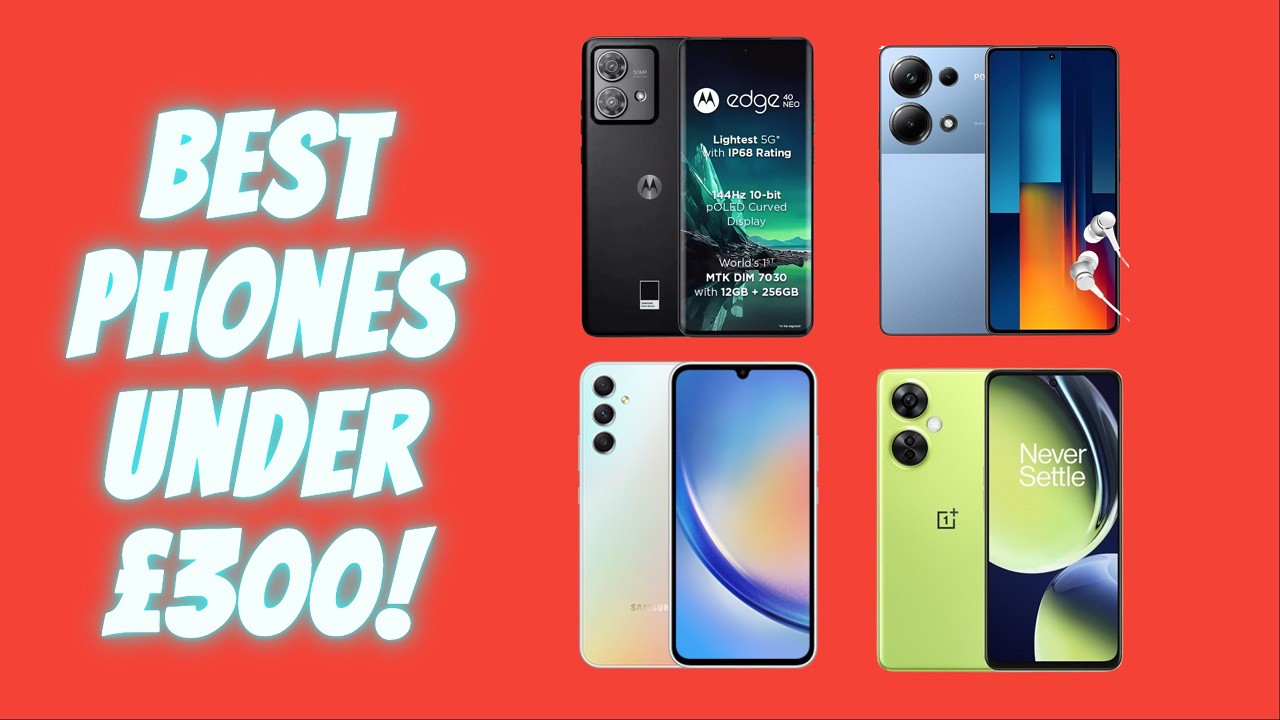

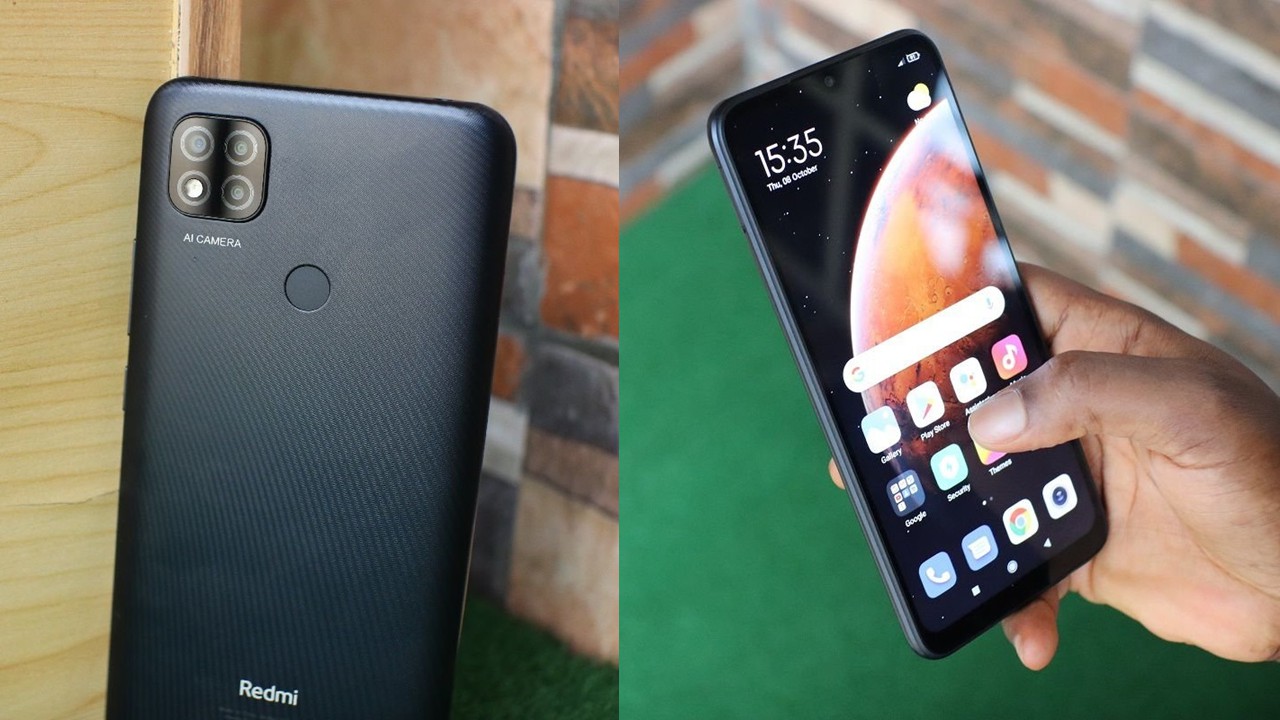
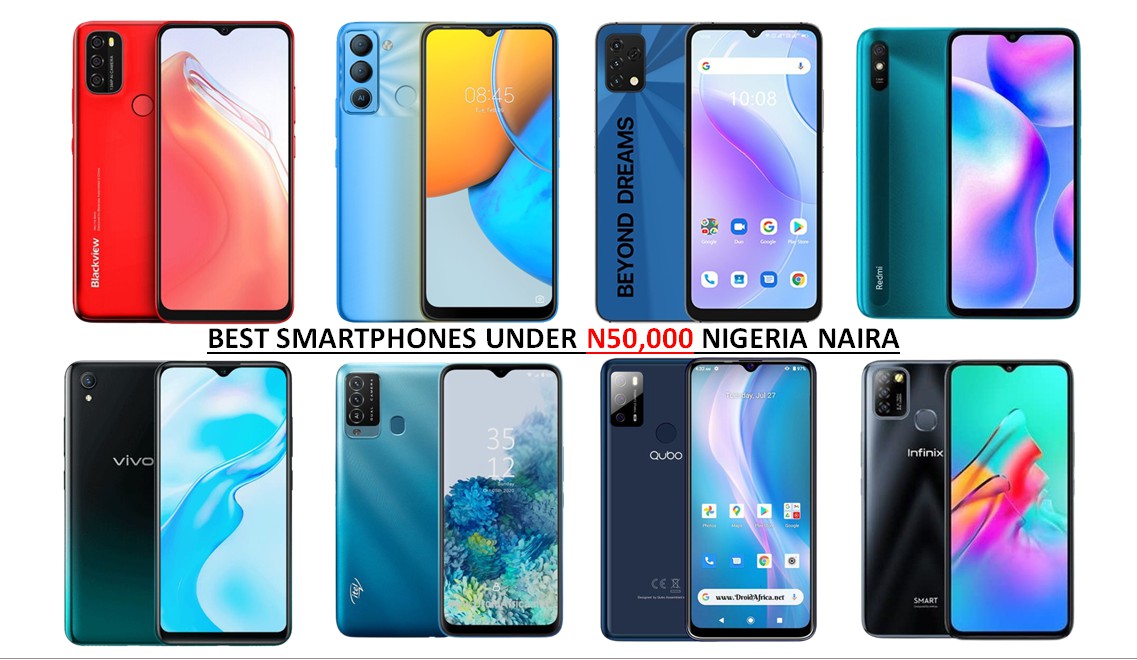
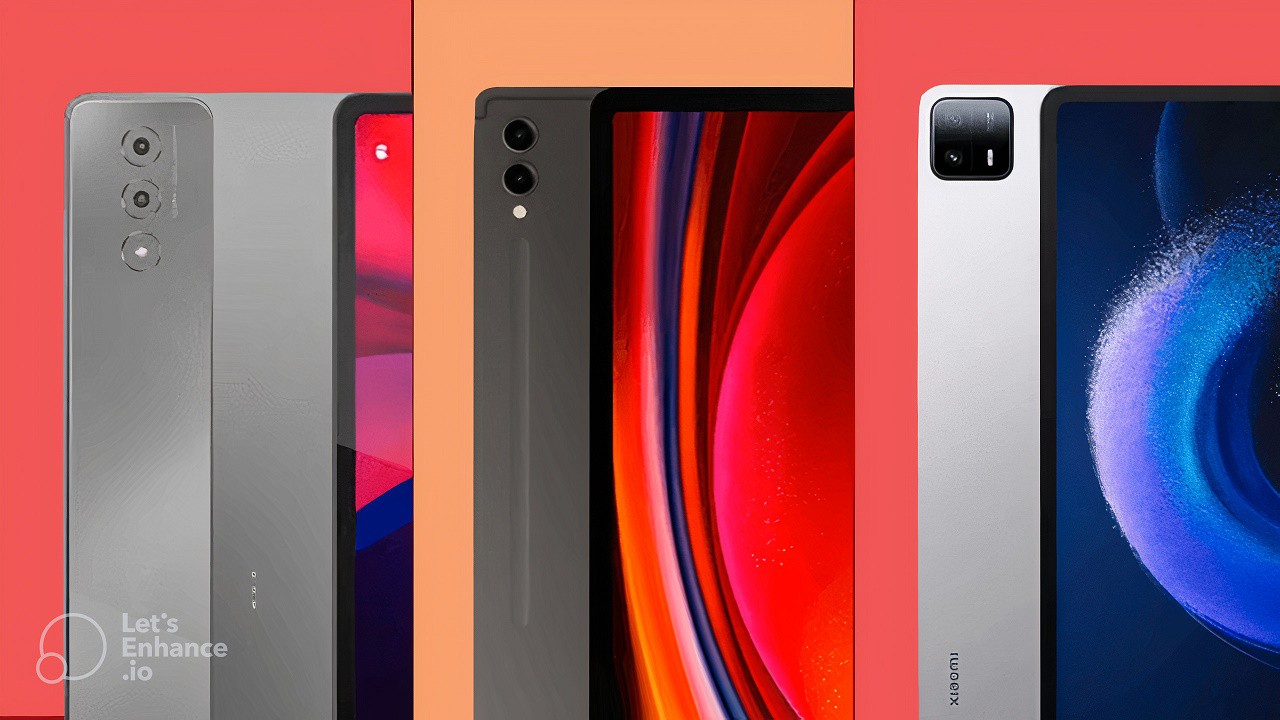
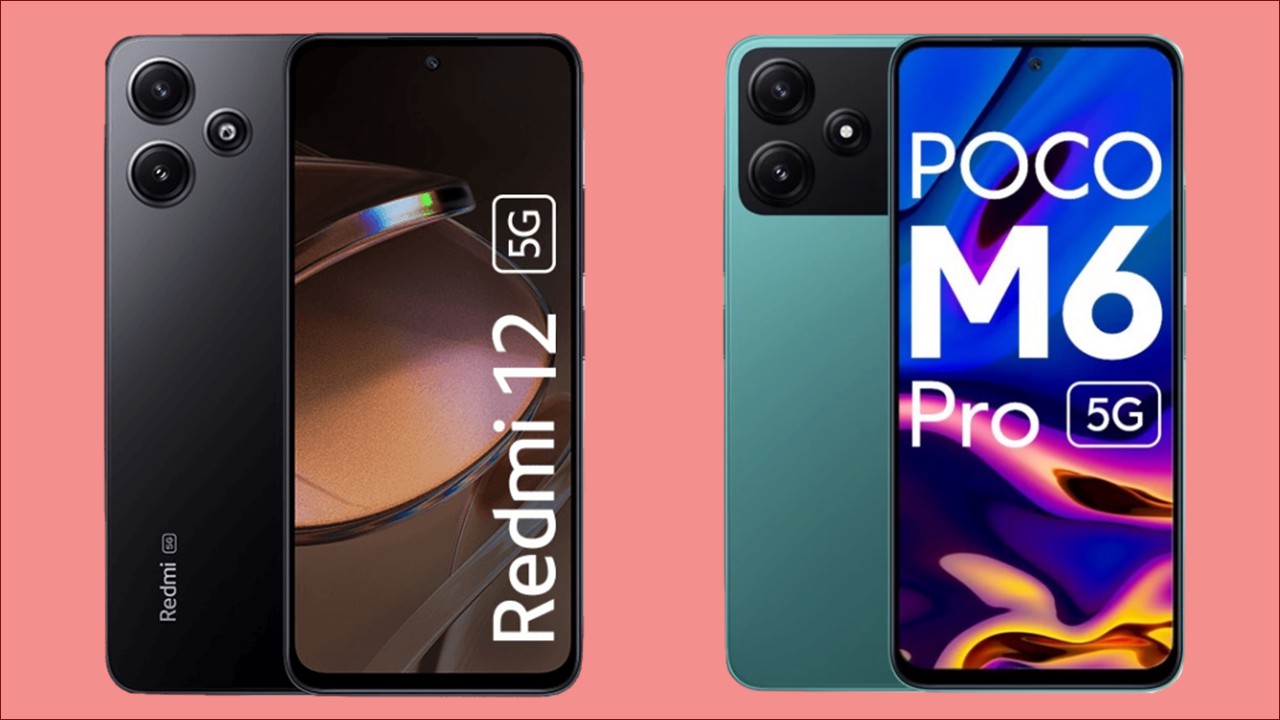
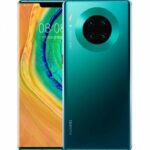
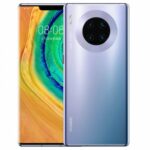

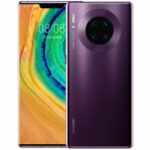
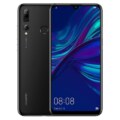
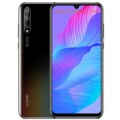
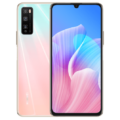
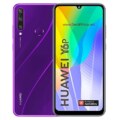
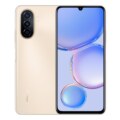
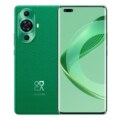
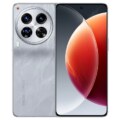

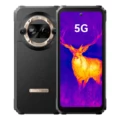
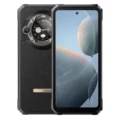
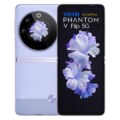
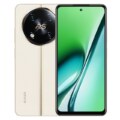

Leave a Reply